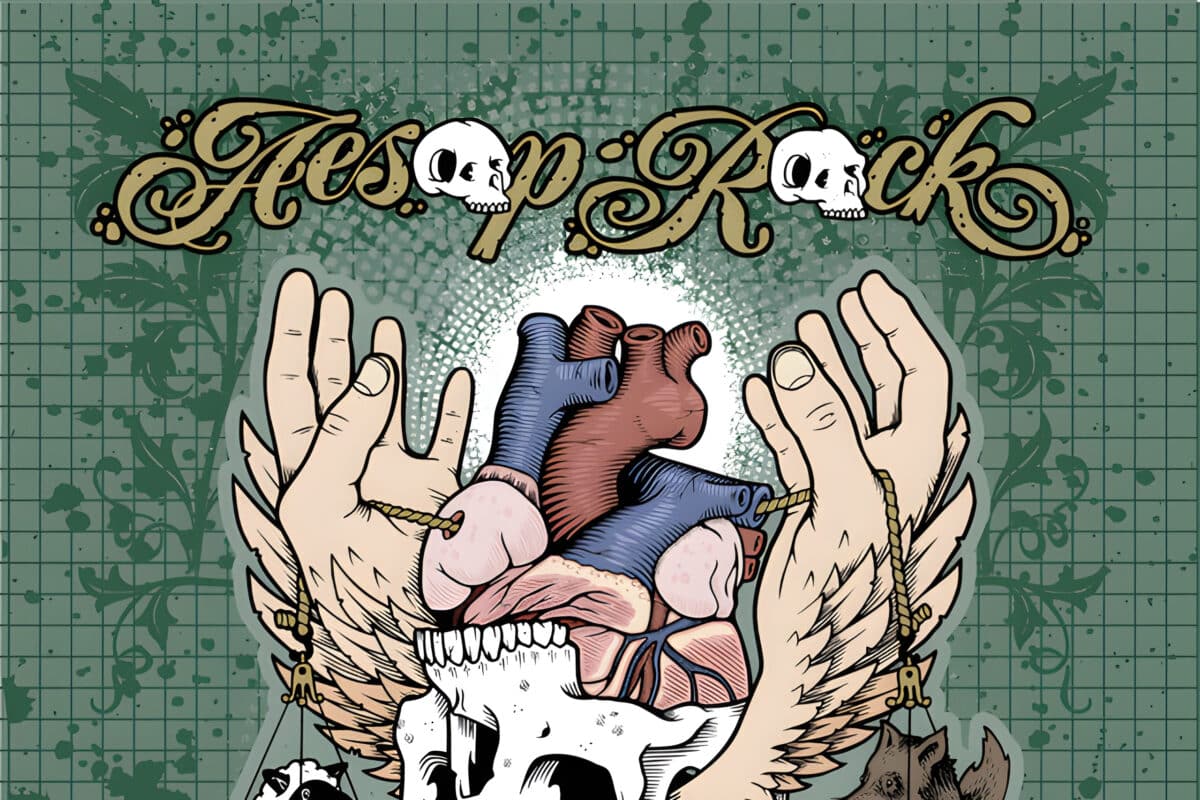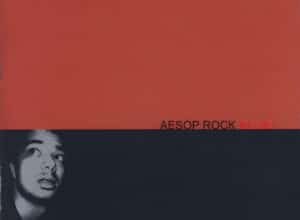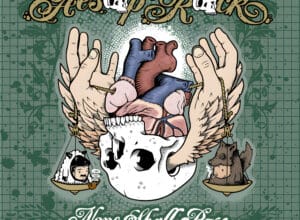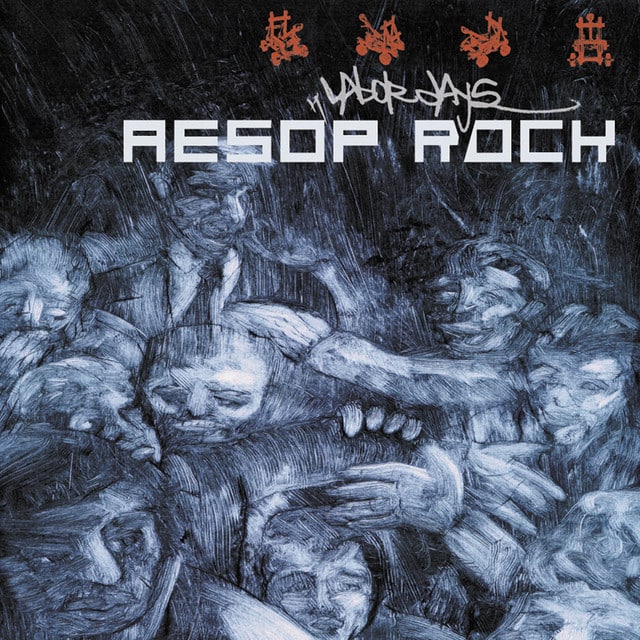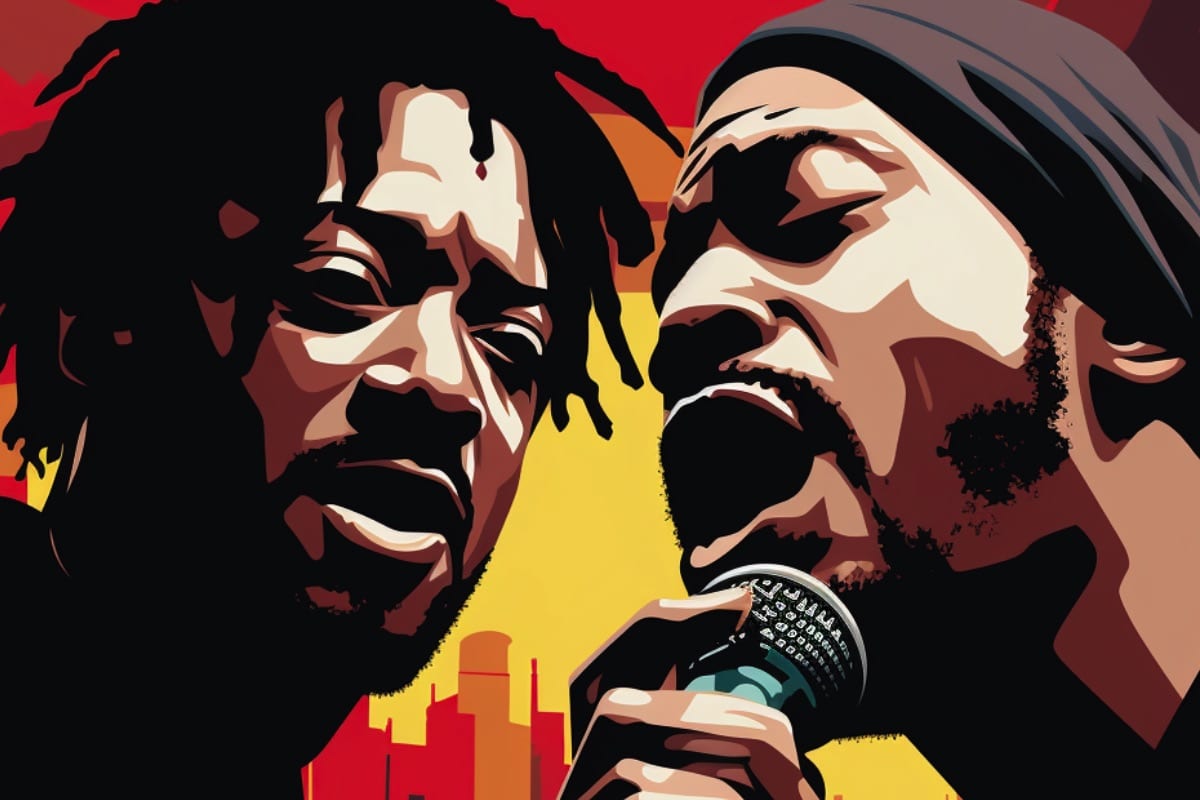Released: 2007
Aesop Rock’s “39 Thieves” offers a densely layered exploration of societal decay, wealth disparity, and existential struggle. Through intricate metaphors and vivid imagery, the song navigates themes of disenchantment and survival amidst the chaos of modern life. It’s a narrative of a world where the voices of people are silenced, but the allure of money persistently whispers and entices.
The chorus, “The people are dead, but the money keeps talking,” encapsulates the overarching theme. It’s a blunt acknowledgment of how monetary systems and the greed they propagate continue to drive societies, even when human life and dignity seem sidelined. This stark refrain underlines a narrative where financial power overshadows human needs, suggesting a zombie-like societal existence driven by economic gain rather than genuine vitality.
The opening lines evoke a surreal scene: hunters and their dogs wait patiently, yet unnervingly. Aesop Rock sets a scene that’s both ordinary and disquieting, a symbol of latent danger and unrelenting pursuits. This metaphor of patient pupae becoming worms suggests transformation, but not a hopeful one—rather, it’s the anticipation of decay and corruption.
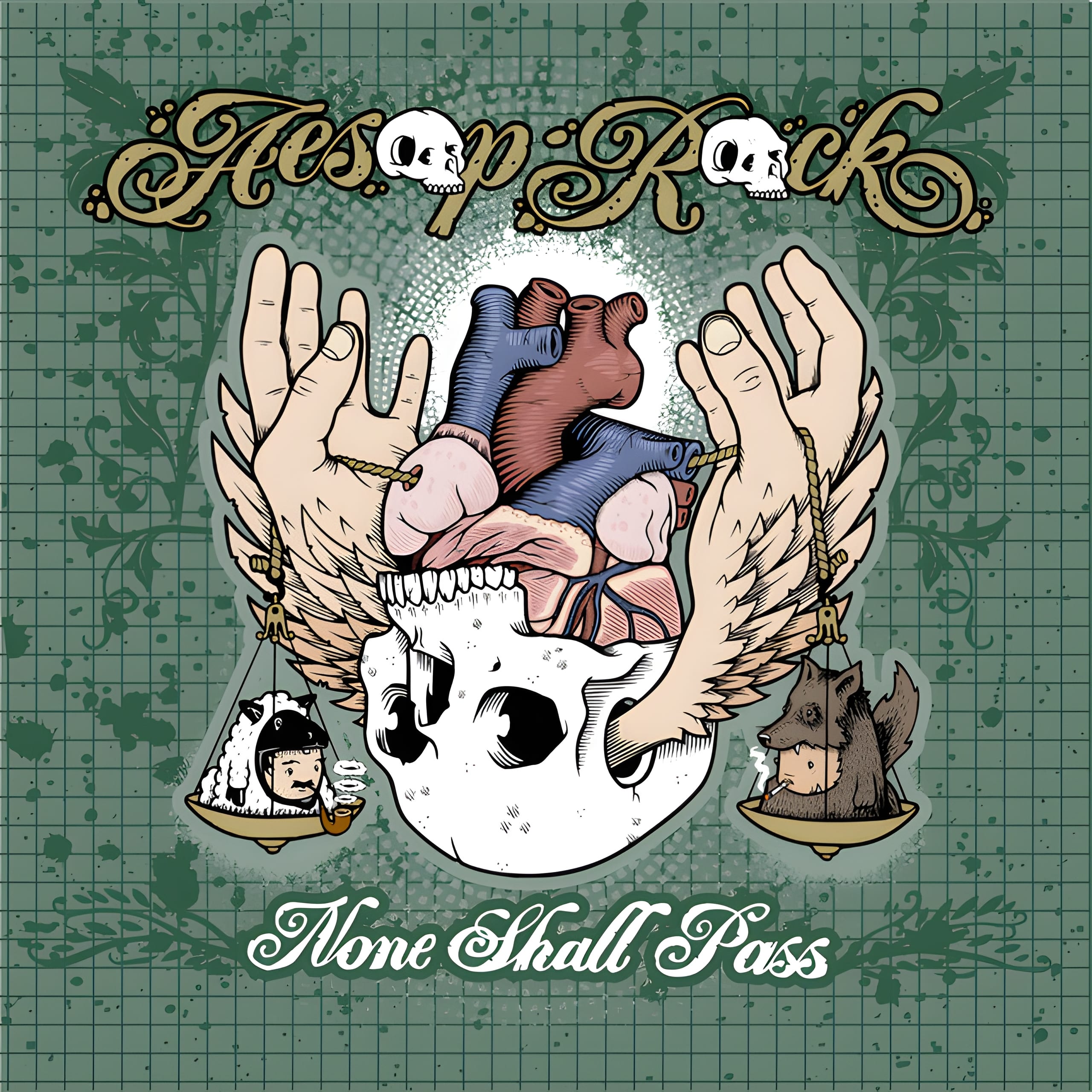
In the verses, Aesop’s imagery grows increasingly abstract and layered. “Teething, I’m marking a beast sheep,” presents a dual image: the development or initiation into something fierce (the beast), contrasted with innocence or submission (the sheep). His ability to walk in front of “39 thieves” signals a unique confidence and resilience against predatory forces in society.
Further lines like “S’mores over warm Helvetica brown proper” juxtapose familiar imagery with abstract references, perhaps critiquing commercialization and superficial satisfaction in the consumerist culture. Helvetica, being a font often associated with corporate identity, subtly suggests conformity and commercial dominance.
The imagery of “blue in the face, angel” and “blew into the bugles in lieu of euthanasia” crafts a portrait of exhaustion and defeat. Blue in the face signifies asphyxiation or fruitless effort, while the bugles (often played at military funerals) represent an ode to failed hopes, choosing continuance over giving up entirely.
As the verse continues, Aesop touches on themes of tribalism and divisiveness. “Earth lies, the divided by fighting tribes” alludes to the chaos resulting from humanity’s constant strife and conflict. The lyrical complexity continues with the portrayal of “detonator, wire cutter, pliers”—symbols of destruction, repair, and manipulation within a fragmented world.
The narrative sharpens around imagery of consumer culture and societal class division: “Money is cool, I’m only human / But they use it as a tool to make the workers feel excluded.” Here, money is not merely currency but a divisive tool that exacerbates social alienation. Aesop’s reference to “bullets don’t take bribes” sharply concludes that ultimately, material wealth does not translate into immunity from violence or mortality.
The track’s tone remains dark and urgent as Aesop Rock addresses human restlessness and rootlessness. “Never let an anchor drop / Never had a home” implies a life of transience, where individuals wander without stability or belonging. It’s a commentary on the modern plight, suggesting both physical and spiritual homelessness.
In conclusion, “39 Thieves” offers a deeply introspective take on contemporary life, laden with both despair and critique of systemic issues. Aesop Rock’s masterful wordplay and profound imagery make the song a rich tapestry of reflections on identity, survival, and societal failures. It’s a complex portrait that, while dark and foreboding, also demands attention to the need for awareness and change.
